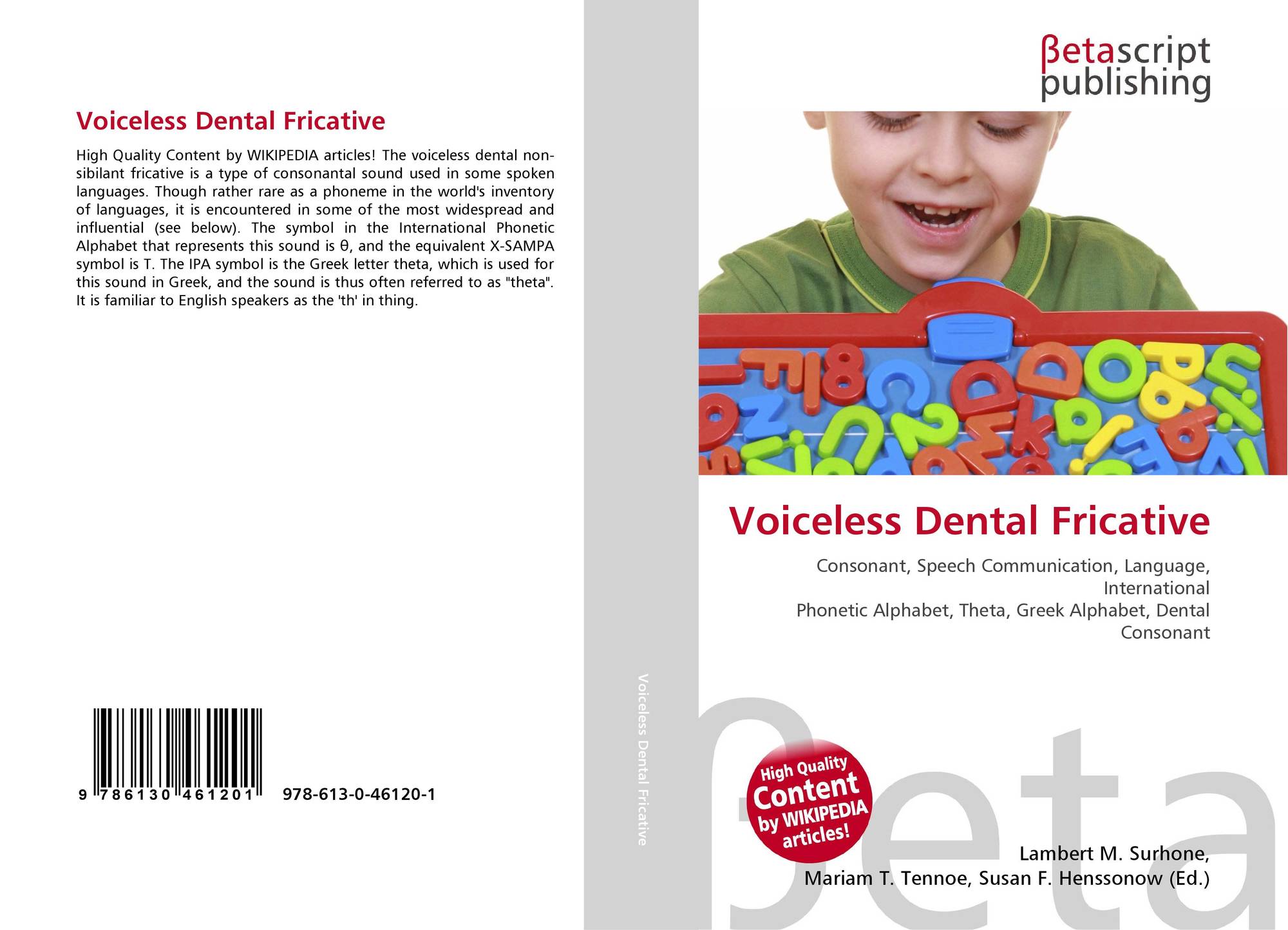The voiceless dental non-sibilant affricate is a type of consonantal sound used in some spoken languages. The symbols in the International Phonetic Alphabet that represent this sound are ⟨t͡θ⟩, ⟨t͜θ⟩, ⟨t̪͡θ⟩, and ⟨t̟͡θ⟩.
Features
Features of the voiceless dental non-sibilant affricate:
- Its manner of articulation is affricate, which means it is produced by first stopping the airflow entirely, then allowing air flow through a constricted channel at the place of articulation, causing turbulence.
- Its place of articulation is dental, which means it is articulated with either the tip or the blade of the tongue at the upper teeth, termed respectively apical and laminal. Note that most stops and liquids described as dental are actually denti-alveolar.
- Its phonation is voiceless, which means it is produced without vibrations of the vocal cords. In some languages the vocal cords are actively separated, so it is always voiceless; in others the cords are lax, so that it may take on the voicing of adjacent sounds.
- It is an oral consonant, which means air is allowed to escape through the mouth only.
- It is a central consonant, which means it is produced by directing the airstream along the center of the tongue, rather than to the sides.
- Its airstream mechanism is pulmonic, which means it is articulated by pushing air solely with the intercostal muscles and abdominal muscles, as in most sounds.
Occurrence
See also
- Index of phonetics articles
Notes
References
External links
- List of languages with [t̪θ] on PHOIBLE




